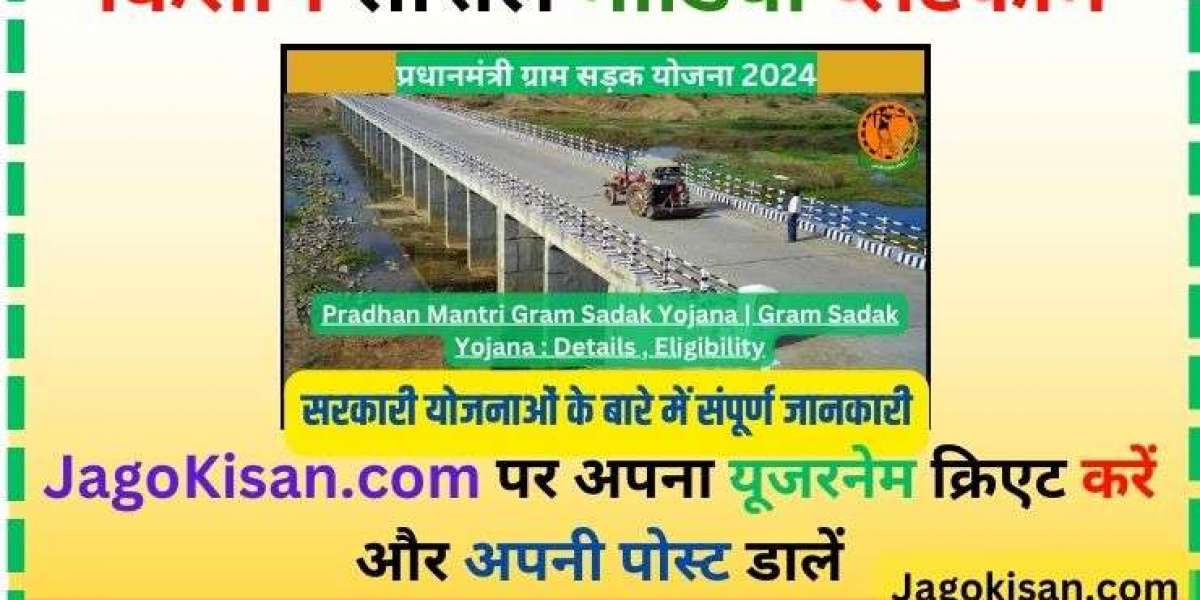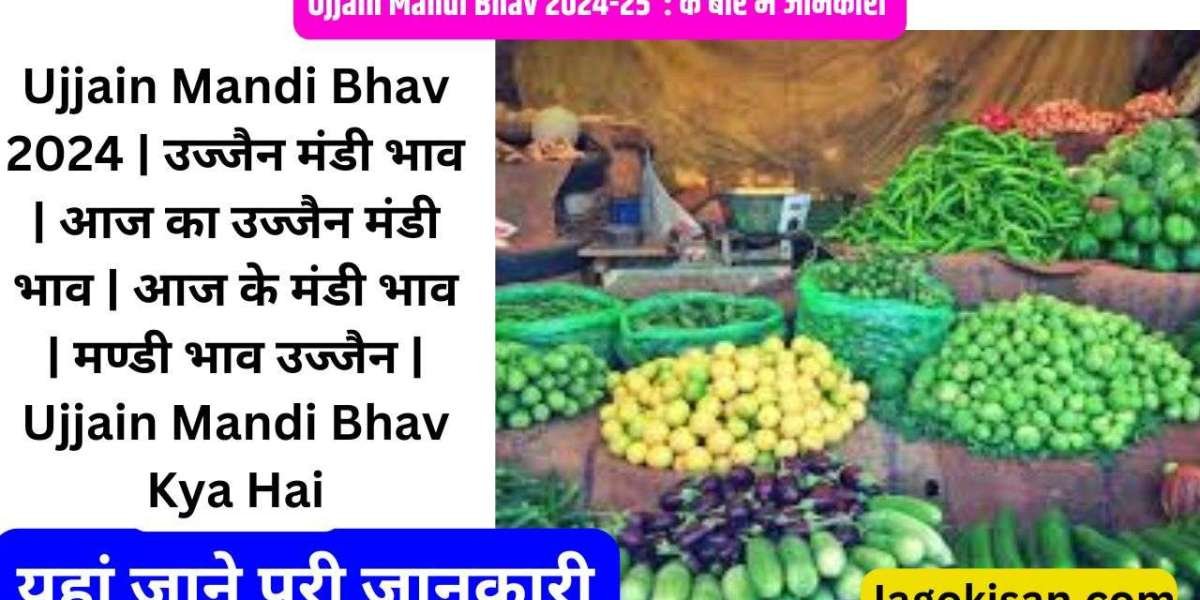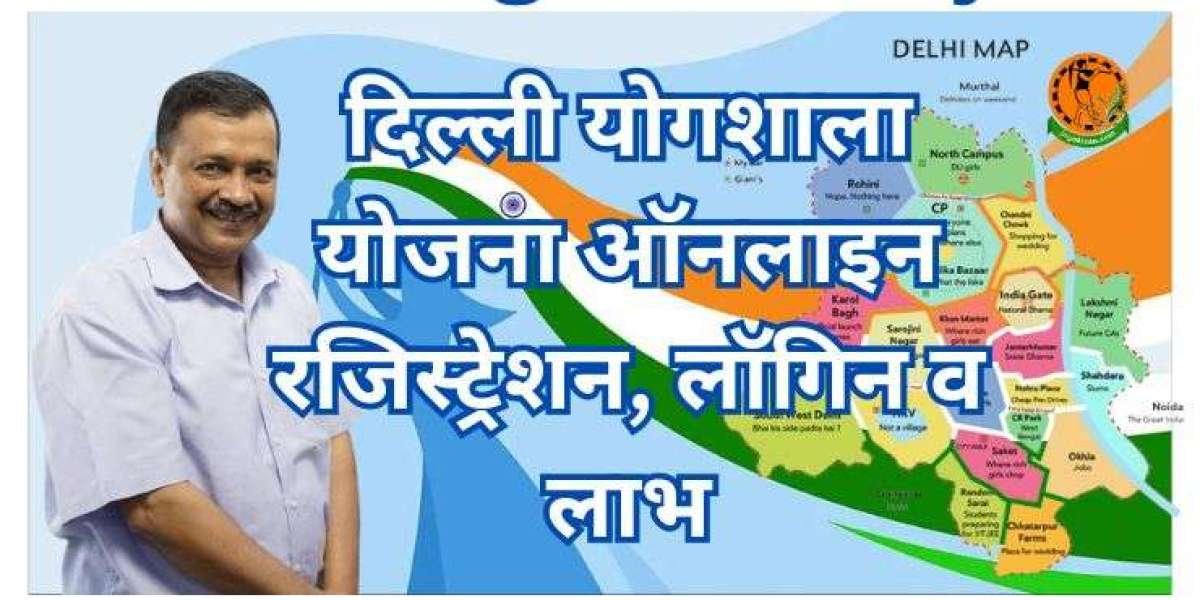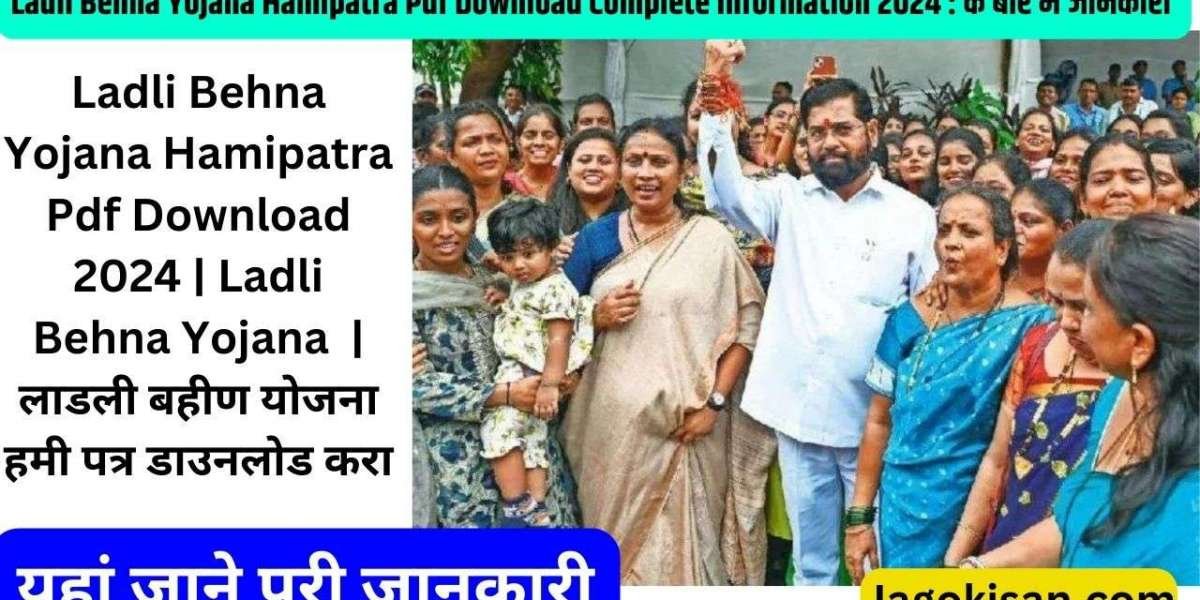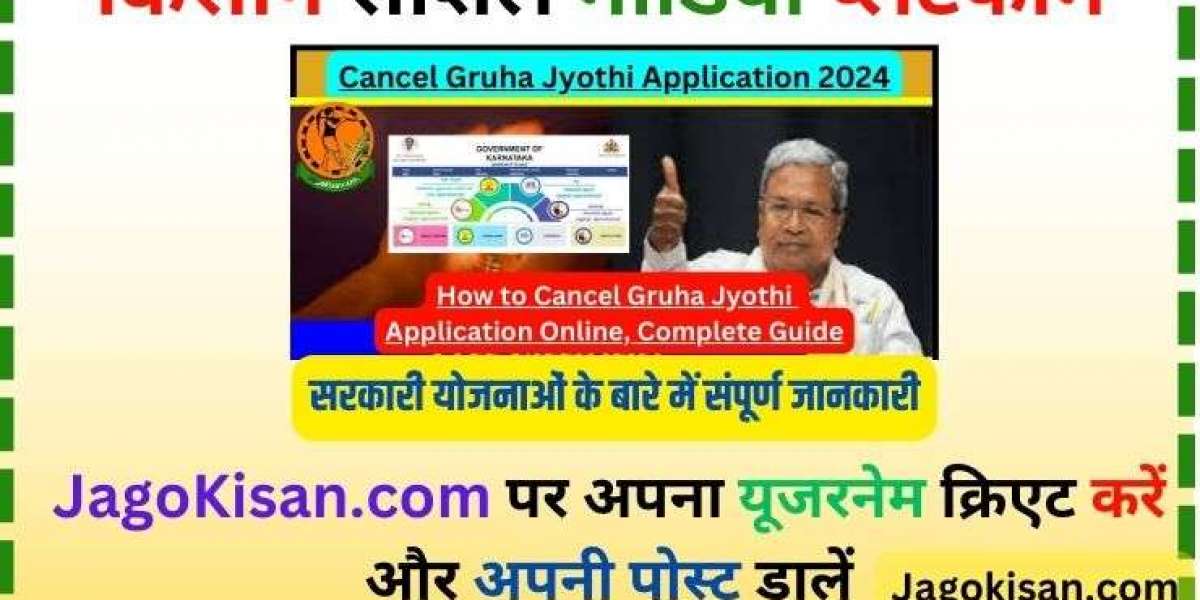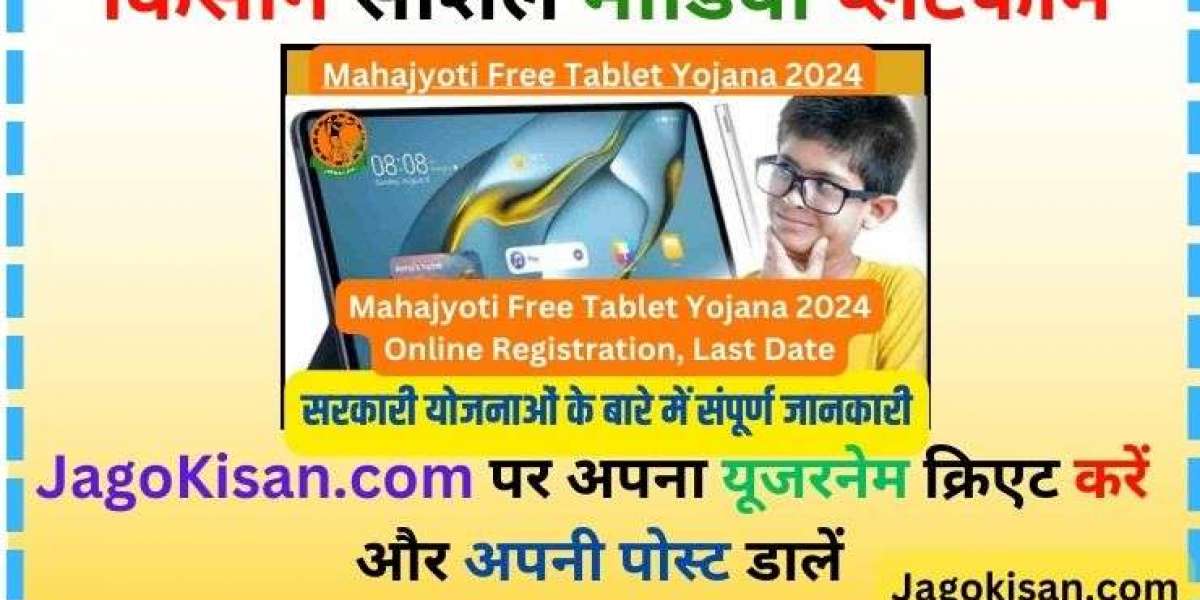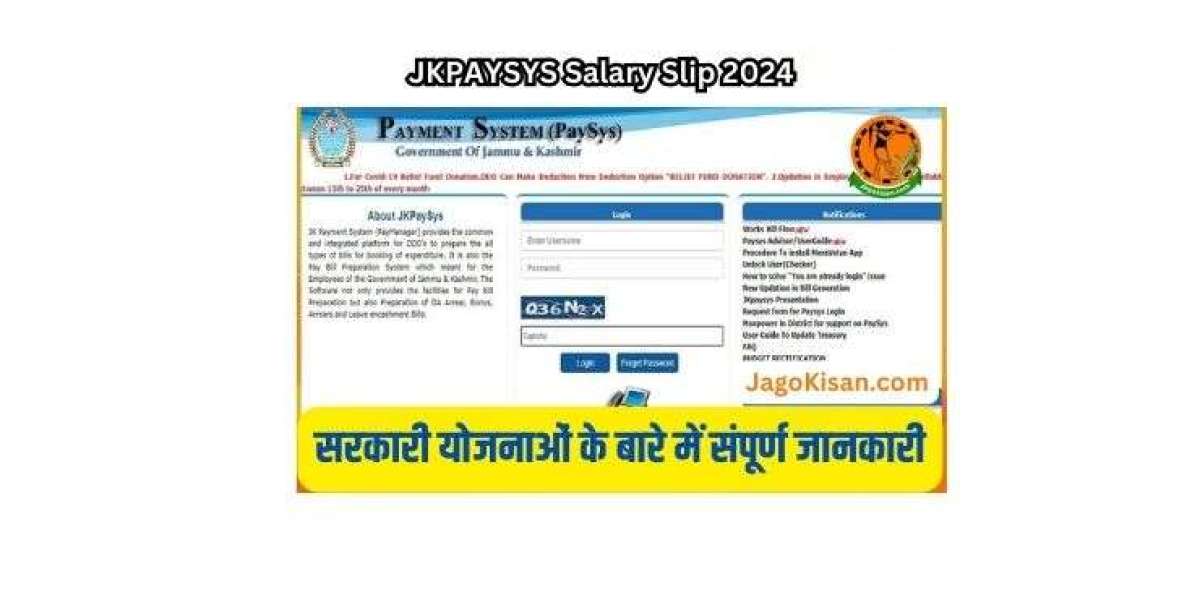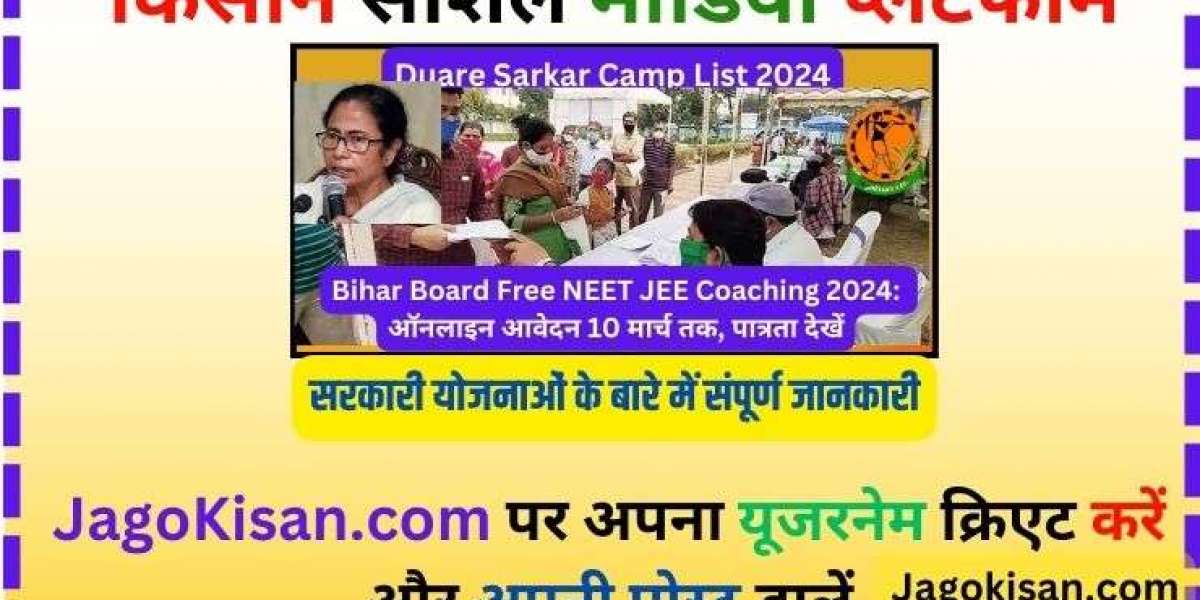Pradhan Mantri Gram Sadak Yojana:-Pradhan Mantri Gram Sadak Yojana With the objective of providing rural connectivity,
the Government of India launched the Pradhan Mantri Gram Sadak Yojana (referred to as PMGSY-I hereinafter) on 25th December 2000 to provide all-weather access to eligible unconnected habitations with a population of up to 500(Census 2001) in plain area and 250 and above in Special category States
(States of North East, Jammu, and Kashmir, Himachal Pradesh, Uttarakhand), Desert Area as identified by Desert Development Program and 88 selected Backward Districts as identified by the Ministry of Home Affairs/Planning Commission as a strategy for poverty alleviation.

As of 8th December 2021, a total of 6,80,040 km of road length has been constructed under various interventions of Pradhan Mantri Gram Sadak Yojana (PMGSY). The primary objective of PMGSY concerns building robust, all-weather roads in rural habitations and other core areas.
Panchayati Rajs and elected local representatives decide which habitations to be selected.
Pradhan Mantri Gram Sadak Yojana was centrally funded only up to 2015-16. Since then, the funds have been divided between the Centre and the State.
For North Eastern and Himalayan States (Jammu & Kashmir, Uttarakhand, and Himachal Pradesh) 90% of a project
the Union Government funds, and 10% of this cost, is the State Government funds. For the Other States, the Union Government funds around 60% of a project while the remaining 40% is by State Government funds.
Some prominent features of Pradhan Mantri Gram Sadak Yojana are -
Proper decentralized planning for the building of roads.
Build roads according to the Indian Road Congress and Rural Roads Manual.
3-tier quality management system.
An unbroken flow of funds.
Pradhan Mantri Gram Sadak Yojana | Gram Sadak Yojana Benefits
The benefits of the Pradhan Mantri Gram Sadak Yojana (PMGSY) are -
1. All-weather connection to the hamlets that are least or not connected.
2. Overall Development of the country allows for easy movement of goods and vehicles.
3. There are better employment opportunities for those from villages thanks to road connections.
Pradhan Mantri Gram Sadak Yojana | Gram Sadak Yojana Eligibility
1. A region must be a habitation. It cannot be a hamlet or revenue village to be eligible for the Pradhan Mantri Gram Sadak Yojana (PMGSY).
2. The Central Government describes habitation as a population cluster residing within an area that remains constant over time. Some of the local words used to describe a habitation are:
Majras, Desam, Hamlets, Tolas, Dhanis
3. The hamlet must have a higher population as per the 2001 Census to be eligible for road connection. The eligible habitations have a population of above 500 persons in plain areas and around 250 persons and above in hilly areas.
Pradhan Mantri Gram Sadak Yojana | Gram Sadak Yojana Application Process
Offline
The list of road works to be taken up under the Pradhan Mantri Gram Sadak Yojana will be finalized each year by the District Panchayat in accordance with the allocation of funds communicated to the district.

The District Panchayat has to ensure along with the consultative process, that the lists of proposed road works are part of the Core Network and that new connectivity is given priority.
Pradhan Mantri Gram Sadak Yojana | Gram Sadak Yojana Documents Required
The release of the second installment in a year shall be subject to the submission of the following documents:
1. Utilisation Certificate for the funds released earlier, year-wise in the form prescribed.
2. Certificate by the Bank Manager indicating the balance amount on the date of issue of the Certificate and the interest credited.
3. A Certificate regarding the requisite physical completion of works
4. For all releases after October of a year, production of an Audited Statement of Accounts and a Balance Sheet and related Statements, duly certified by the Chartered Accountant for the accounts of the previous financial year.
5. Outputs of the relevant modules of the OMMAS, duly certified by the SRRDA as being correct and verified by the NRIDA
6. A certificate from the CEO of SRRDA that Maintenance funds required as per maintenance contracts in force had been spent during the previous financial year. For releases after May of a year, the certificate should also include that 50% of such maintenance fund requirements for the current Financial Year have been released by the State, whereas for releases after November, the certificate should be for 100% of such funds.
FaQ Pradhan Mantri Gram Sadak Yojana | Gram Sadak Yojana
Q.Does The Pradhan Mantri Gram Sadak YojanaProvide Connectivity To Only Revenue Villages? Are Hamlets Eligible To Be Connected?
Q.How Are Habitations Selected For Coverage? Who Decides Which Habitations Will Be Covered In A Year?
Q.Can An Individual Apply For Road Connectivity?
Q.How Is The Problem Of Drainage Tackled In The Portion Of Roads Passing Through Built-Up Residential Areas?
Q.What About Bridges On Rivers/Streams?
Q.Whether Compensation For Land Acquisition Is Paid In The Program?
Q.How Are Executants Selected For The Construction Of Roads?
Q.If Defects Are Noticed After Completion Of The Road, How Are They Rectified?
Q.How Is The Quality Of Work Checked And Monitored?
Q.Is There A Provision For The Display Of Project-Related Information At Project Sites?
Q.Whether Information About The Programme Is Available On Any Website?
Q.How Are The Roads Maintained?
Q.What Should Be The Population Of Habitations To Be Covered Under PMGSY-I For Providing Connectivity?
Pradhan Mantri Gram Sadak Yojana | Gram Sadak Yojana : Details , Eligibility | प्रधानमंत्री ग्राम सड़क योजना brothers, if you are liked given with the information then plz like and share so that other farmer brothers can also be helped.
